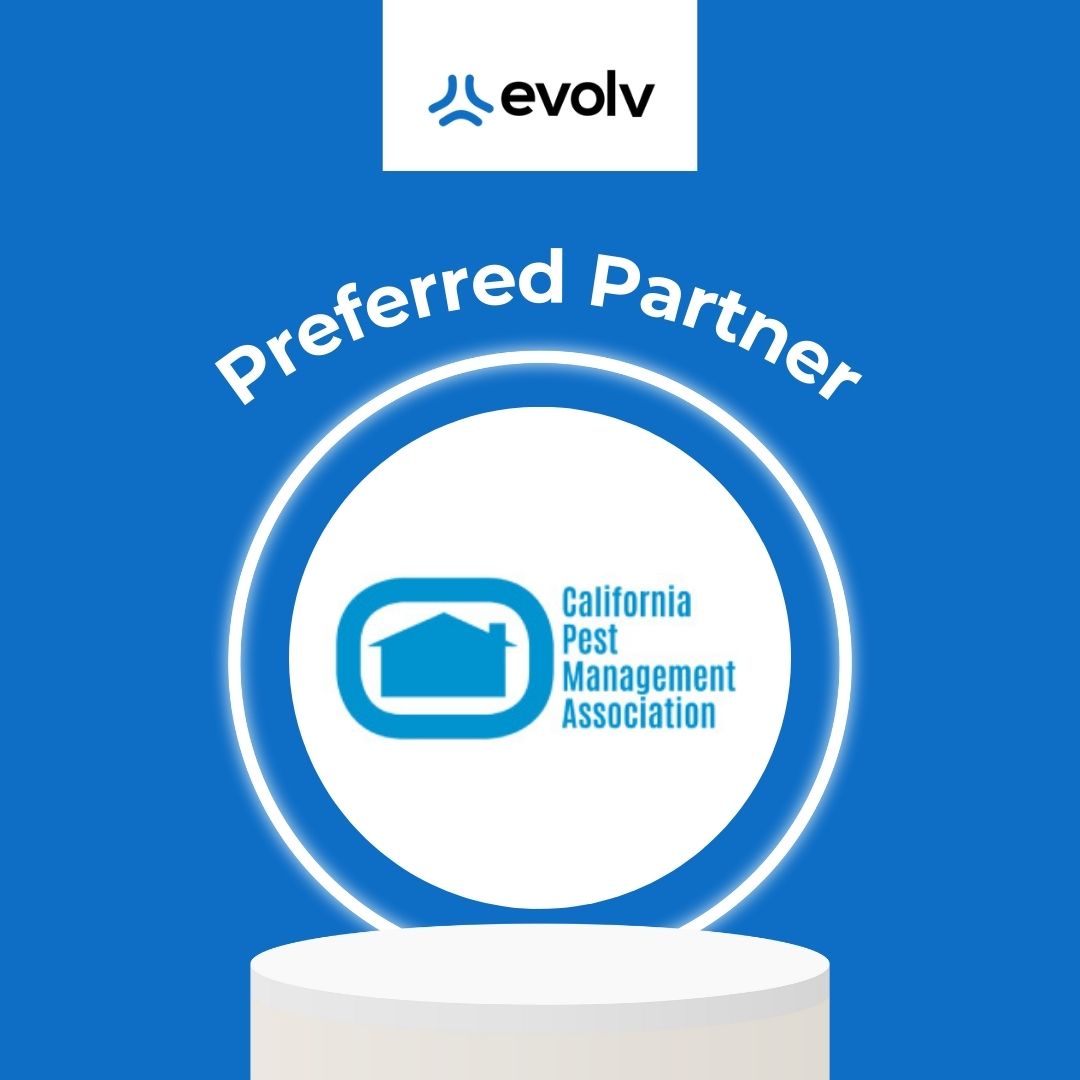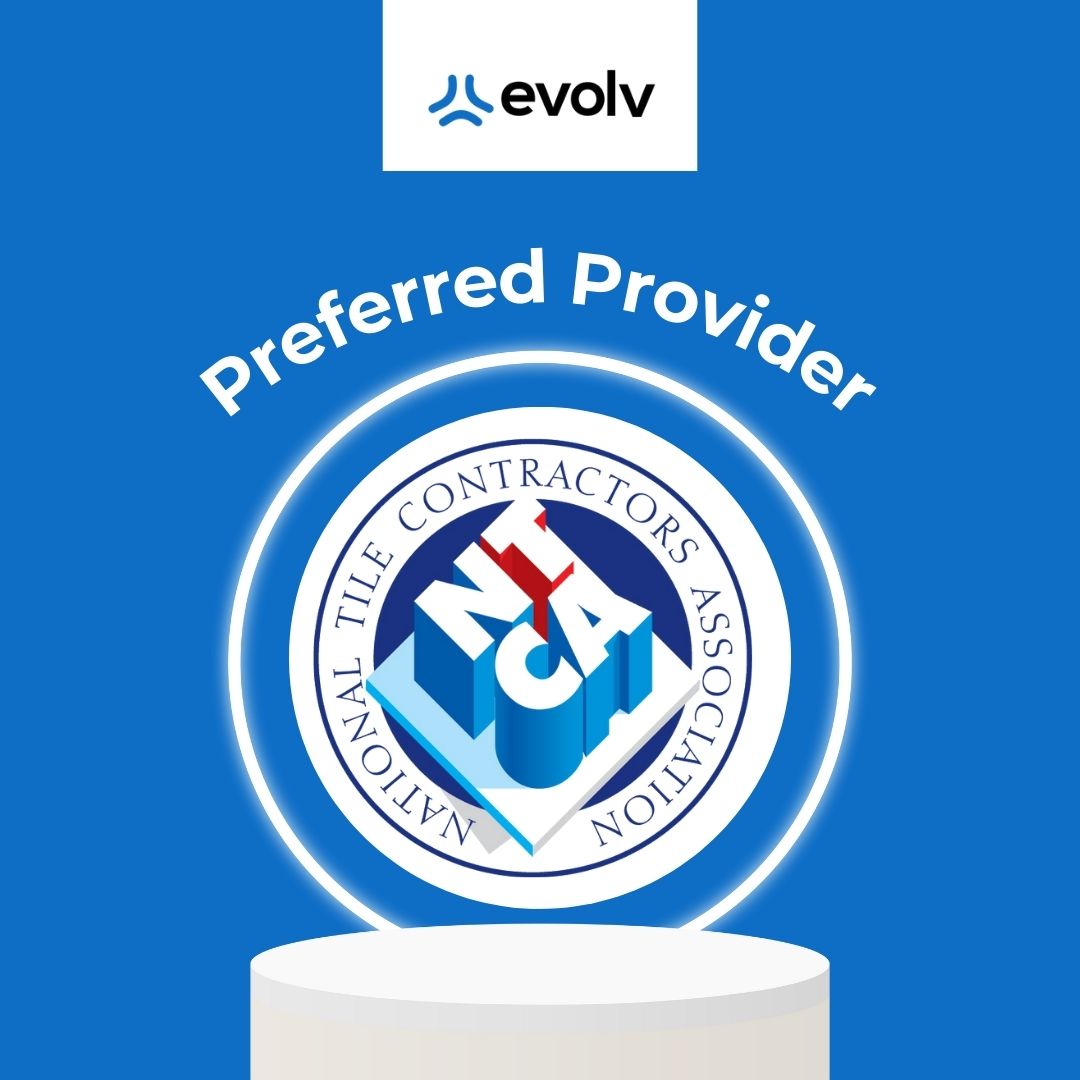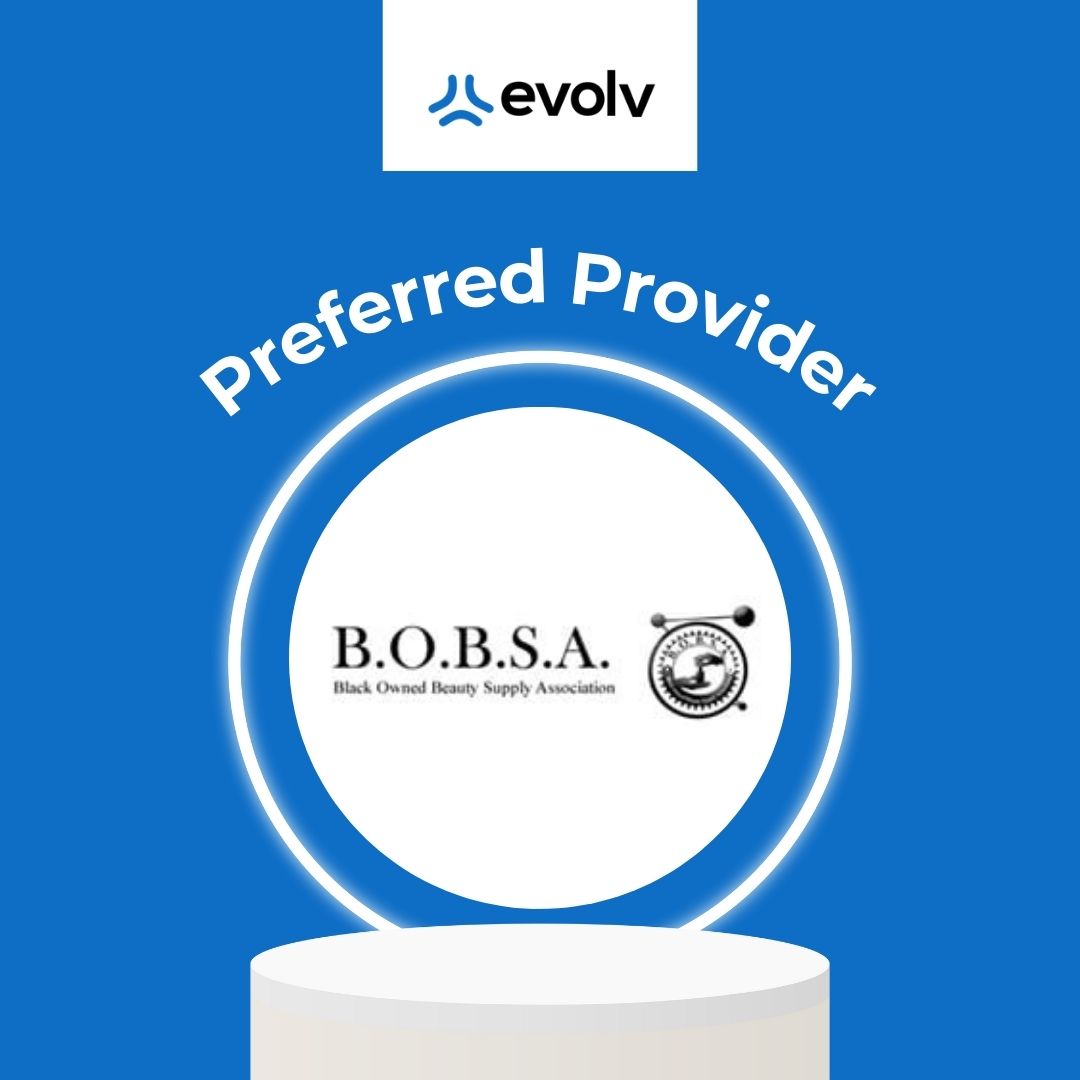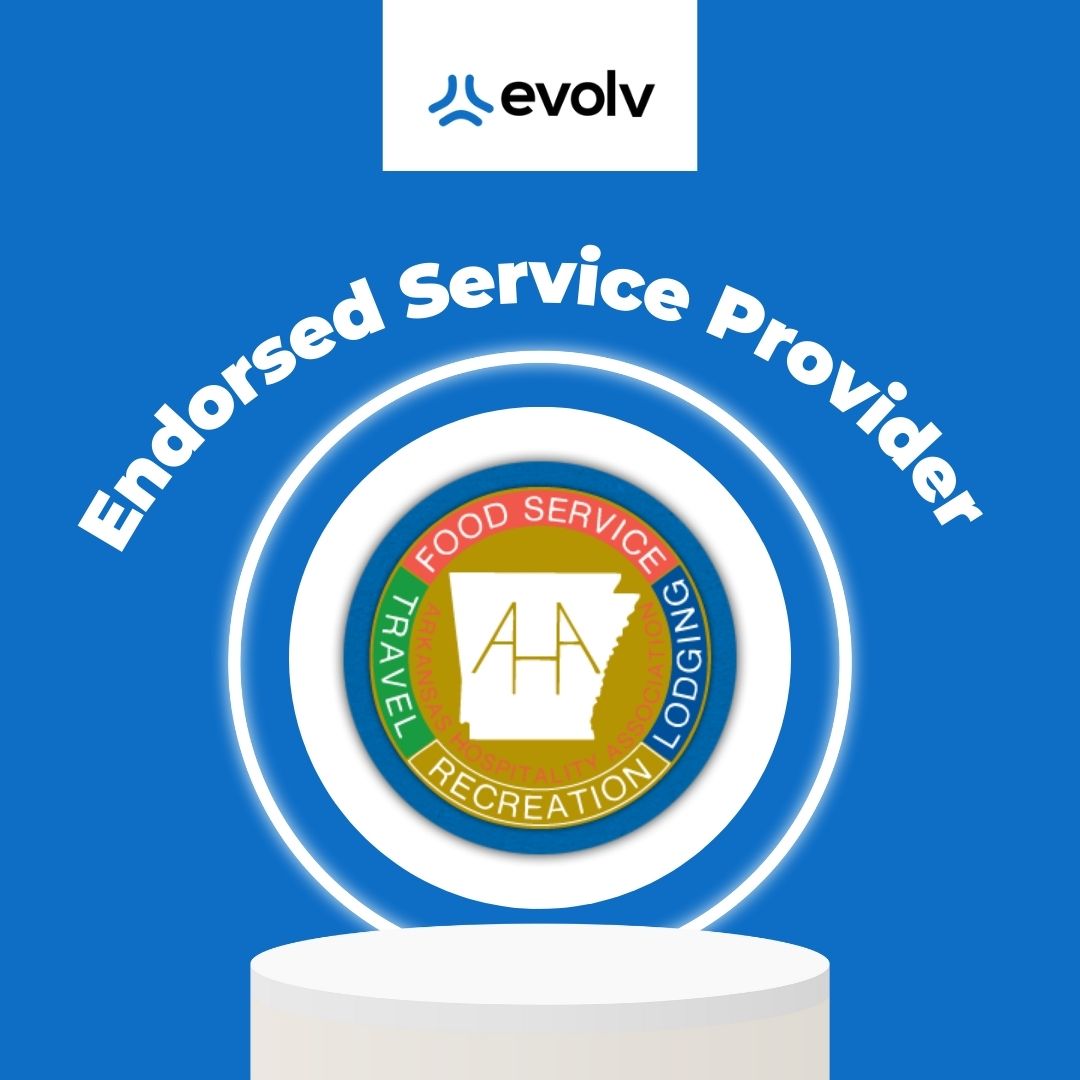How the Buyers Choice Program is Revolutionizing Merchant Savings and Consumer Convenience
In today’s increasingly competitive business landscape, merchants are constantly searching for ways to reduce overhead costs while maintaining a positive relationship with their customers. With the advent of innovative payment processing solutions, one program is standing out from the rest: the Buyers Choice Program from Evolv. This program is not only saving merchants a significant amount of money but is also being enthusiastically adopted by consumers who appreciate the transparency and flexibility it offers.
Understanding the Buyers Choice Program
At its core, the Buyers Choice Program is a payment processing solution that shifts the cost of transaction fees from the merchant to the consumer. Traditionally, merchants have had to absorb these fees as a part of their cost of doing business. However, as these fees can add up to a substantial amount over time, especially for small and medium-sized businesses, the Buyers Choice Program provides an alternative approach.
The program offers consumers the option to cover the transaction fee at the point of sale. This fee, often referred to as a "non-cash adjustment" or "service fee," is presented to the customer when they choose to pay with a credit or debit card. If the customer agrees, they pay the fee in addition to the purchase price, which can be a small percentage of the total amount. This seemingly minor shift can have significant implications for merchants, helping them retain a larger portion of their revenue.
The Financial Impact on Merchants
One of the most compelling reasons for merchants to adopt the Buyers Choice Program is the immediate reduction in costs. Transaction fees, typically around 2-4% per sale, may not seem like much on an individual basis, but they can quickly add up, especially for businesses with high transaction volumes.
For example, a merchant processing $100,000 in credit card sales per month could be paying $2,000 to $4,000 in fees. Over the course of a year, this amounts to $24,000 to $48,000—funds that could be reinvested into the business. By adopting the Buyers Choice Program, merchants can effectively eliminate these costs, allowing them to keep more of their earnings.
This reduction in expenses can have a cascading effect on a business’s overall financial health. With more revenue retained, merchants can allocate funds to other critical areas such as marketing, employee wages, inventory expansion, or even customer loyalty programs. In turn, this can lead to business growth, higher profitability, and a more competitive stance in the market.
The Consumer Perspective: Transparency and Choice
While the idea of passing transaction fees to consumers might initially seem like a potential deterrent, the reality is quite different. Today’s consumers are more informed and value transparency in their transactions. When given the option to cover the transaction fee, many customers appreciate the upfront honesty and the opportunity to contribute directly to the merchant's sustainability.
Moreover, the way the fee is presented plays a significant role in consumer acceptance. The Buyers Choice Program ensures that the fee is clearly communicated before the transaction is completed, allowing customers to make an informed decision. This transparency fosters trust between the merchant and the consumer, as customers are not surprised by hidden fees or unexpected charges.
In addition, the program empowers consumers by offering them a choice. They can decide whether they want to cover the fee or choose an alternative payment method, such as cash, which might not incur an additional charge. This flexibility enhances the customer experience and can lead to increased satisfaction and loyalty.
Growing Consumer Adoption of the Buyers Choice Program
The acceptance of the Buyers Choice Program among consumers is on the rise. As more businesses implement this payment structure, customers are becoming accustomed to the idea of covering transaction fees. In fact, in some sectors, it has become the norm rather than the exception.
Several factors contribute to this growing adoption. First, as mentioned earlier, consumers appreciate transparency. They understand that transaction fees are a part of the cost of doing business and are often willing to cover them to support the merchants they patronize. Second, the increasing prevalence of cashless transactions means that customers are frequently faced with the decision of whether to pay by card and cover the fee or use another method. Many opt for the convenience of card payments, even if it means a small additional charge.
Additionally, the shift in consumer behavior can also be attributed to the broader trend of financial responsibility and awareness. More people are taking an active role in managing their finances, and this includes understanding the costs associated with their purchases. The Buyers Choice Program aligns with this mindset, offering consumers a clear breakdown of their costs and allowing them to make informed decisions.
Case Studies: Real-World Success with the Buyers Choice Program
To better understand the impact of the Buyers Choice Program, let’s explore a few case studies of merchants who have successfully implemented this solution.
Case Study 1: A Small Retail Business
A small retail store in a busy downtown area adopted the Buyers Choice Program to alleviate the burden of transaction fees, which had been eating into their profits. Before implementing the program, the store was paying approximately $3,000 in fees each month. After transitioning to the Buyers Choice model, they not only eliminated these fees but also noticed a positive response from their customers.
The store’s owner reported that customers appreciated the transparency and, in many cases, were happy to cover the small additional fee. The program allowed the store to reinvest the saved funds into new inventory, ultimately increasing their sales and customer satisfaction.
Case Study 2: A Mid-Sized Restaurant
A mid-sized restaurant faced similar challenges with transaction fees, which were particularly impactful given the high volume of credit card payments. The restaurant owner was initially concerned that passing the fee to customers might lead to dissatisfaction or reduced tips for the waitstaff. However, after implementing the Buyers Choice Program, the owner found that customers were largely accepting of the change.
In fact, many customers acknowledged that they had encountered similar fee structures at other establishments and were willing to contribute to help the restaurant manage its costs. The restaurant was able to save over $5,000 per month in fees, which they used to enhance their menu offerings and invest in staff training. This, in turn, led to increased customer loyalty and repeat business.
Case Study 3: An E-Commerce Business
An online retailer specializing in niche products faced increasing pressure from rising transaction fees, especially as their sales volume grew. The retailer decided to implement the Buyers Choice Program as a way to maintain their profit margins without increasing product prices.
The program was seamlessly integrated into their online checkout process, giving customers the option to cover the transaction fee. The retailer found that most customers were willing to do so, particularly when the fee was presented as a way to support the business directly. The savings from reduced fees allowed the retailer to offer more competitive pricing, attracting new customers and driving growth.
Addressing Potential Concerns and Misconceptions
While the Buyers Choice Program offers numerous benefits, it’s important to address some common concerns and misconceptions that merchants may have before adopting this model.
1. Will customers be deterred by the fee?
One of the primary concerns merchants have is whether customers will be put off by the additional fee. However, studies and real-world examples show that when the fee is clearly communicated and presented as a choice, most customers are accepting. The key is transparency—customers should know upfront what the fee is and why it’s being charged. In many cases, customers appreciate the honesty and are willing to pay a little extra to support the businesses they frequent.
2. How will this affect customer loyalty?
Some merchants worry that passing fees to customers might harm customer loyalty. However, the opposite is often true. When customers understand that the fee helps the business keep costs down and maintain fair pricing, they are more likely to support the merchant. Additionally, providing customers with a choice in how they pay fosters a sense of empowerment, which can enhance their overall experience.
3. Is it legal to pass transaction fees to customers?
The legality of passing transaction fees to customers varies by region and jurisdiction. It’s important for merchants to check local regulations and ensure they are in compliance. However, in many areas, it is perfectly legal to implement such a program as long as the fee is clearly disclosed and the customer has the option to opt-out by choosing an alternative payment method.
4. Will this affect tips in a service-oriented business?
Service-oriented businesses, such as restaurants, may be concerned that passing fees to customers will reduce the amount customers tip their staff. However, evidence suggests that when customers understand the fee is separate from the tip and is used to cover transaction costs, it does not significantly impact tipping behavior. Clear communication is key to ensuring customers understand the purpose of the fee and continue to tip as they normally would.
Conclusion: A Win-Win Solution for Merchants and Consumers
The Buyers Choice Program from Evolv is more than just a way to reduce costs—it’s a strategic tool that aligns the interests of merchants and consumers. By offering transparency, flexibility, and a clear understanding of transaction costs, the program fosters stronger relationships between businesses and their customers.
Merchants who adopt the Buyers Choice Program can expect to see substantial savings on transaction fees, which can be reinvested into their businesses to drive growth and enhance customer satisfaction. Meanwhile, consumers gain the ability to make informed decisions about their purchases and support the businesses they love in a meaningful way.
As the business environment continues to evolve, solutions like the Buyers Choice Program are proving essential in helping merchants navigate financial challenges while maintaining a high level of service and customer engagement. For businesses looking to improve their bottom line without compromising on customer experience, the Buyers Choice Program is an invaluable asset.
By embracing this innovative approach, merchants can ensure they remain competitive in a rapidly changing market, while consumers enjoy the benefits of choice, transparency, and convenience.
Interested in learning more?
We will get back to you as soon as possible.
Please try again later.

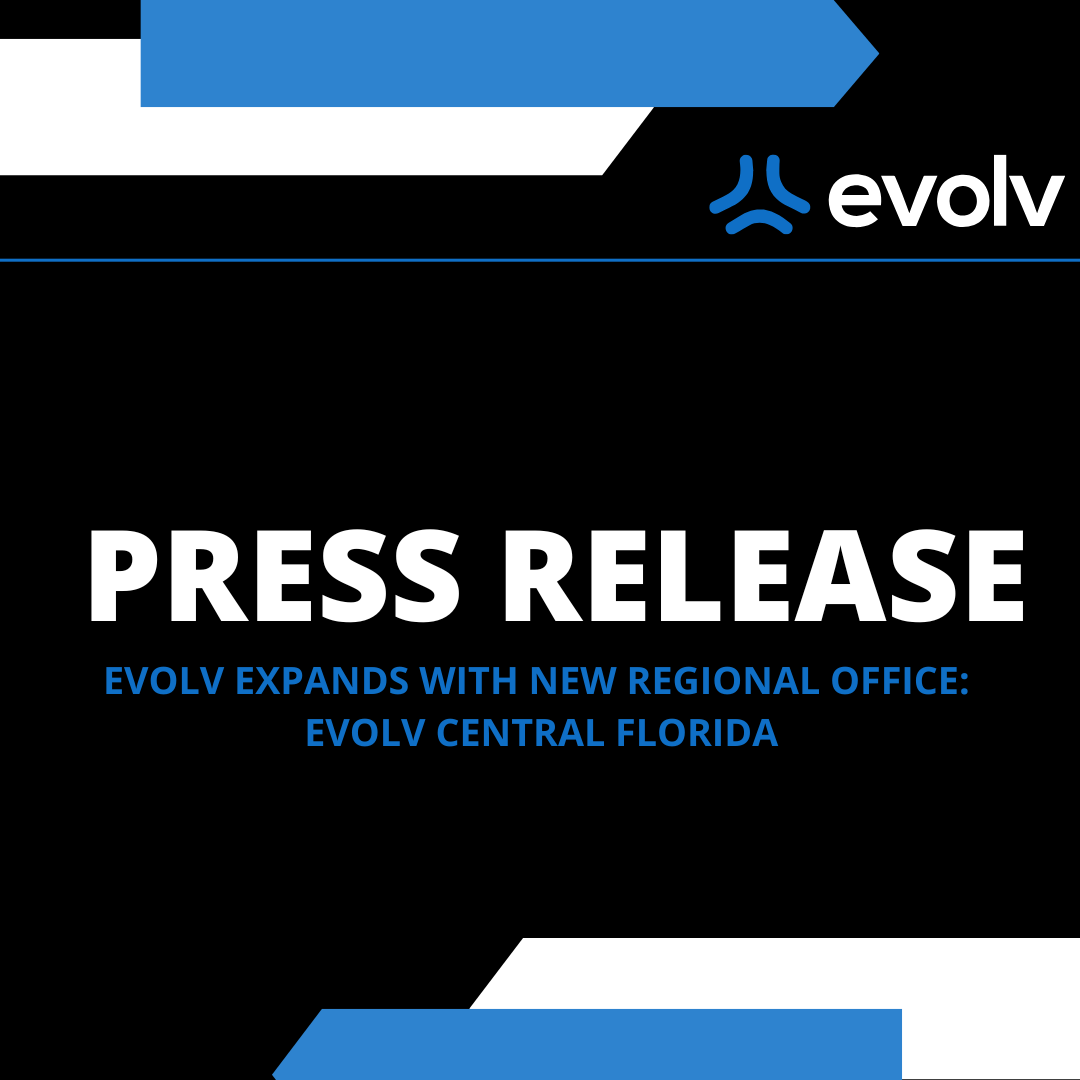
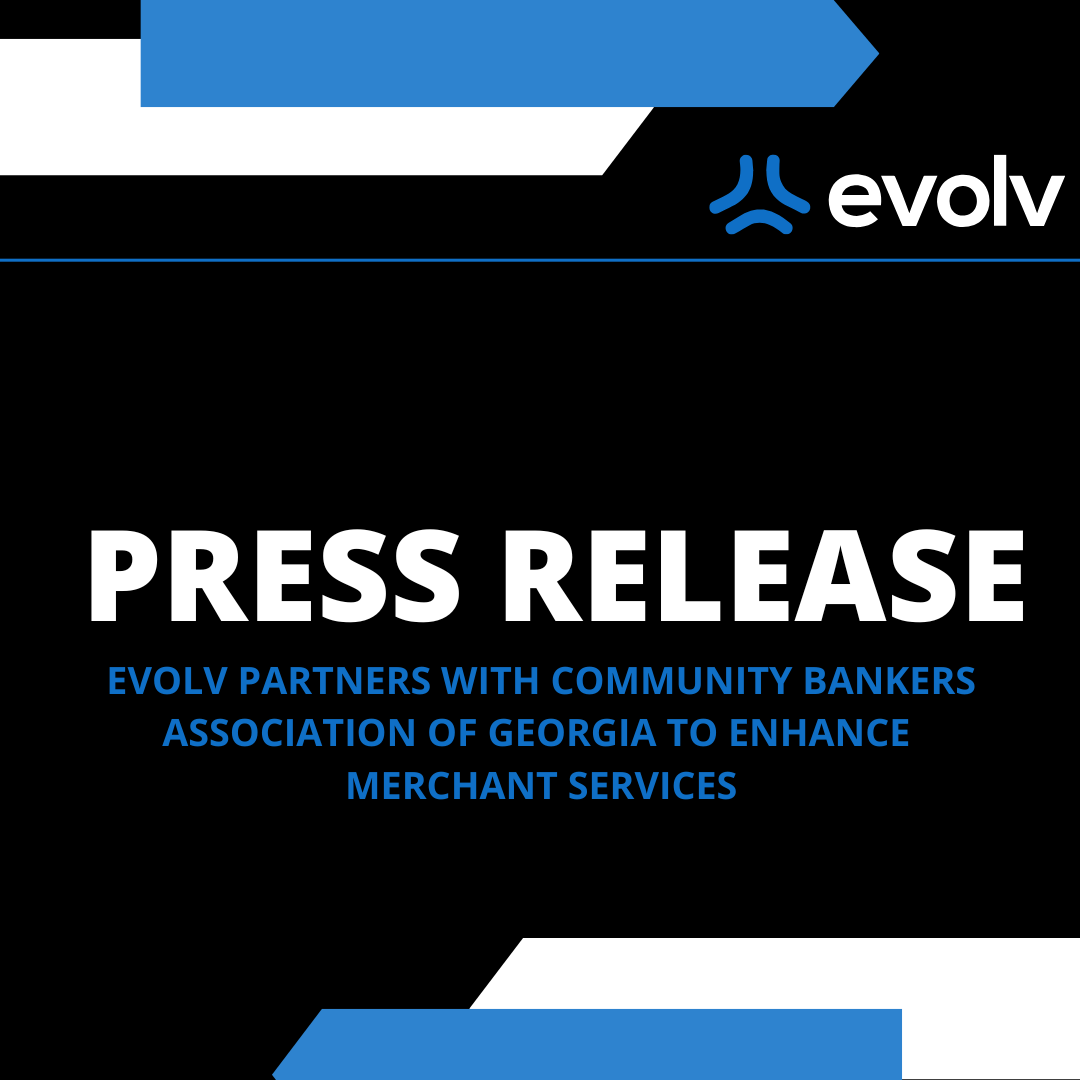
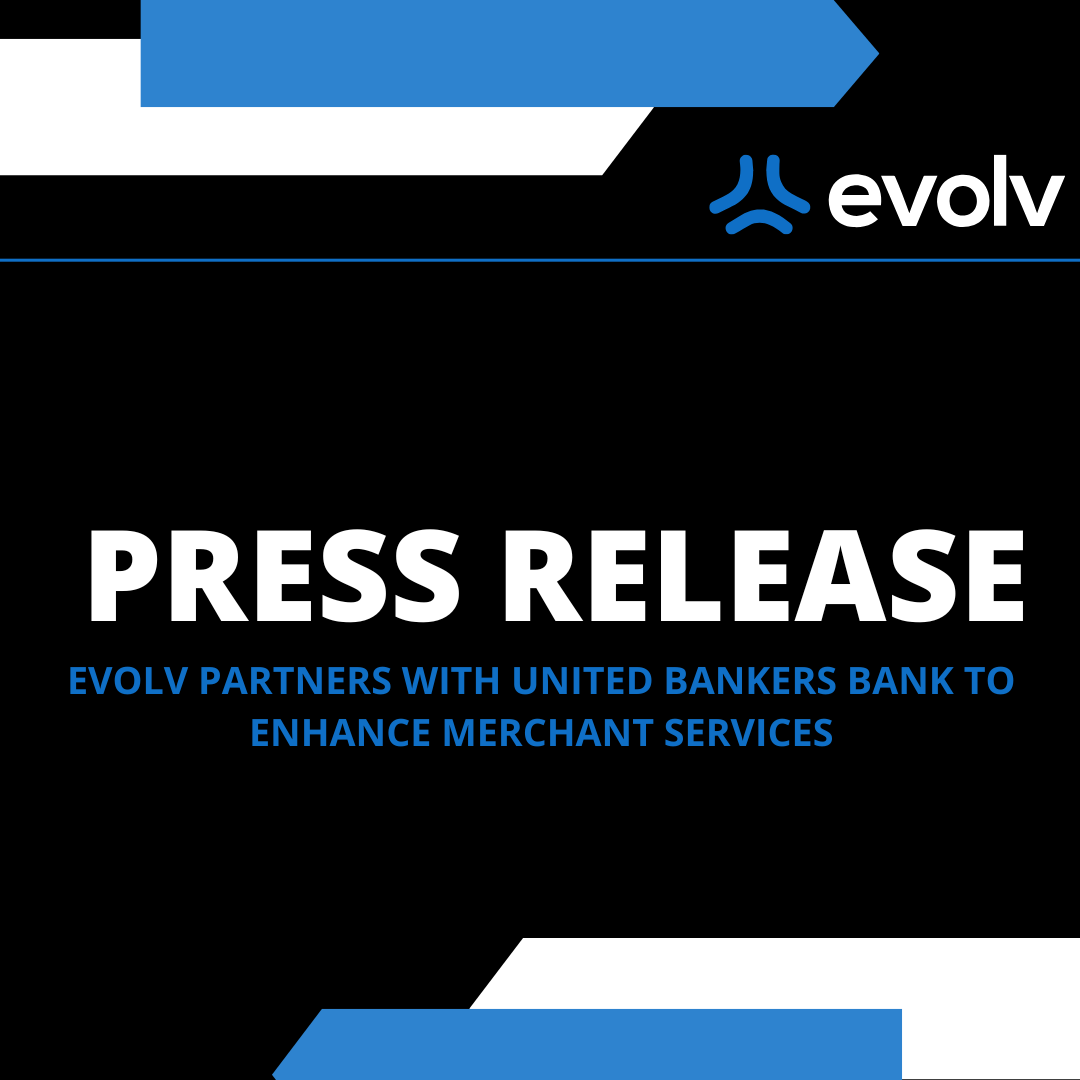
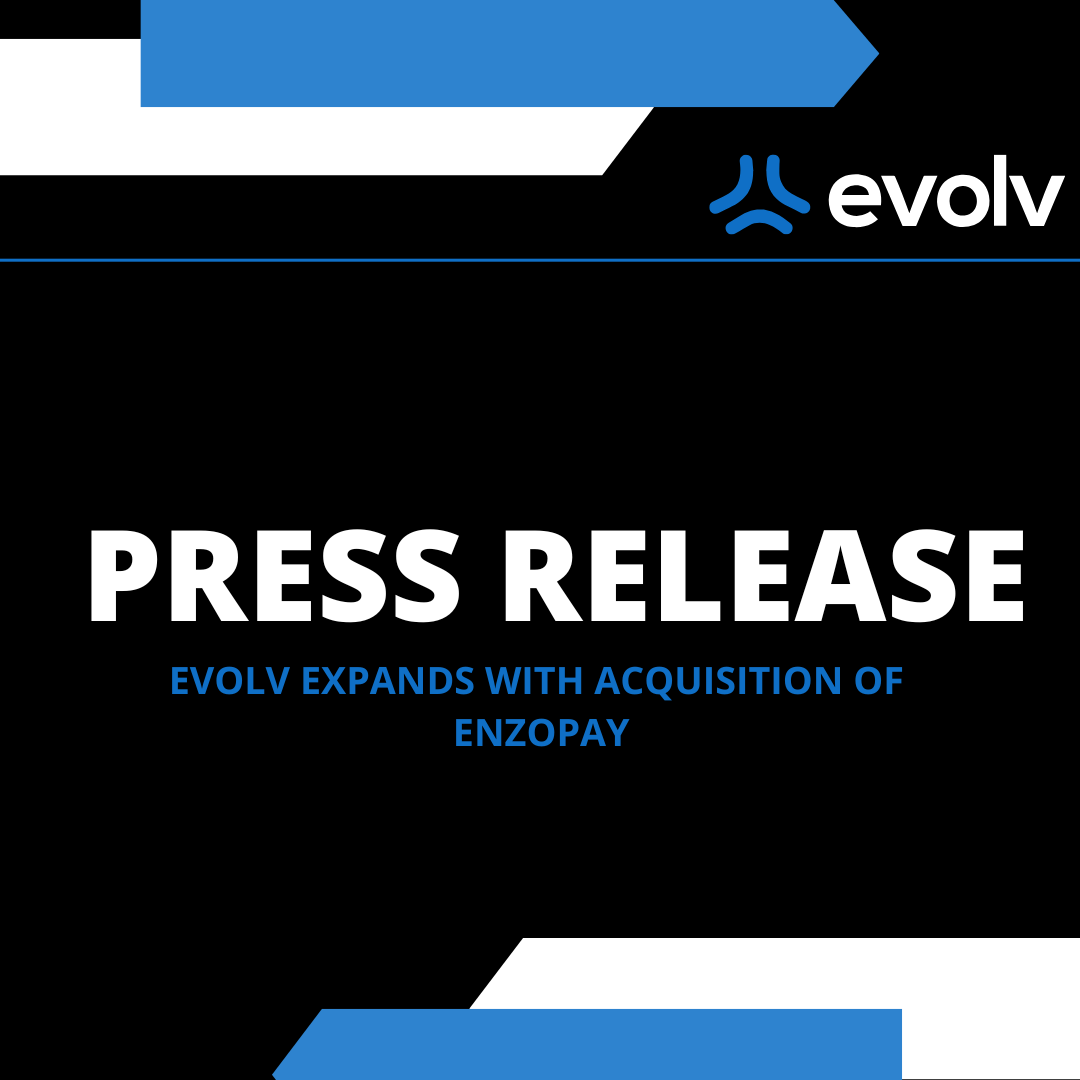
Evolv, Inc, doing business as Evolv is a registered Independent Sales Organization of Wells Fargo Bank N.A., Concord, CA, PNC Bank, N.A. Pittsburgh, PA and Fifth Third Bank, N.A., Cincinnati, OH
All Rights Reserved | Evolv


